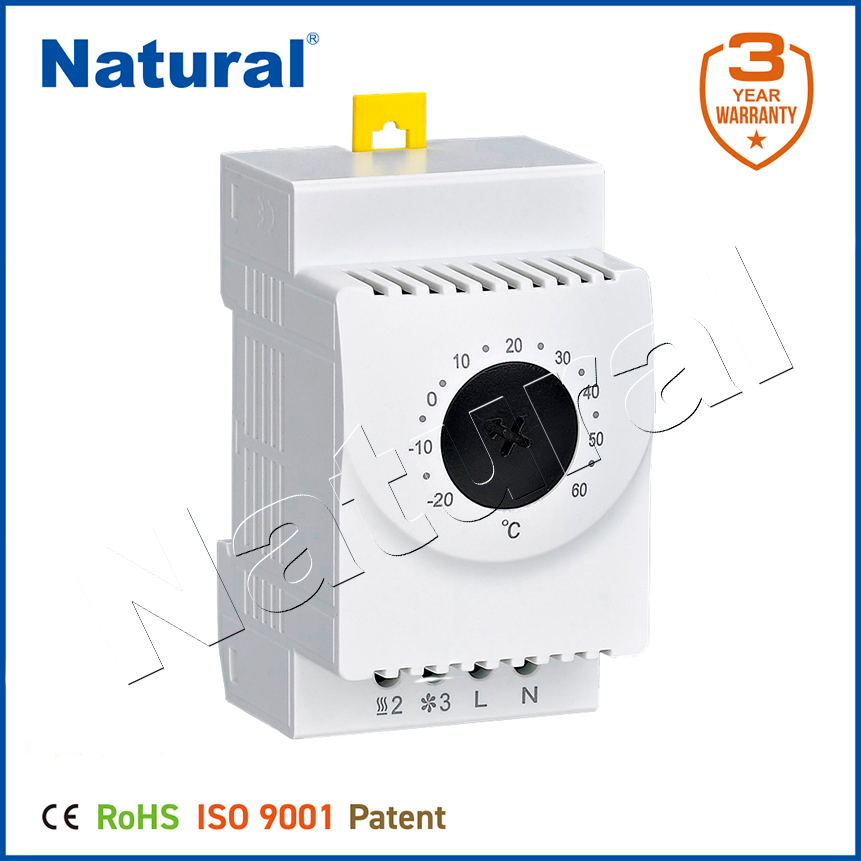In recent years, the way we control the temperature in our homes and workplaces has undergone a significant transformation. One of the key innovations in this field is the electronic thermostat, a device that offers precision, convenience, and energy efficiency. Gone are the days when people relied on basic mechanical thermostats that often led to temperature fluctuations and increased energy consumption. Today, electronic thermostats provide smarter, more efficient ways to regulate indoor climates, making them a popular choice in both residential and commercial settings.

What is an Electronic Thermostat?

An electronic thermostat is a modern temperature control device that uses advanced sensors and digital technology to regulate the heating, ventilation, and air conditioning (HVAC) systems. Unlike traditional mechanical thermostats, which rely on simple mechanical components like bimetallic strips or mercury switches, electronic thermostats use electronic sensors to monitor the ambient temperature with high accuracy. They then send signals to the HVAC system to turn on or off depending on the desired temperature. Key Features and Advantages Precise Temperature Control One of the most significant advantages of electronic thermostats is their ability to provide precise temperature control. These devices typically feature digital readouts and are capable of maintaining temperature within a narrow range. Most electronic thermostats can keep the temperature within ±0.5°C, ensuring that rooms remain comfortable without overheating or becoming too cold. This precision not only enhances comfort but also helps in optimizing energy use.
